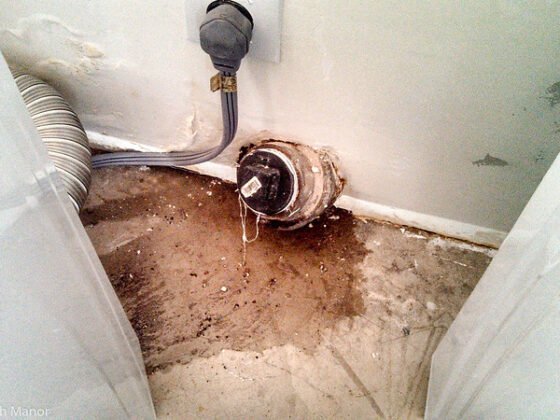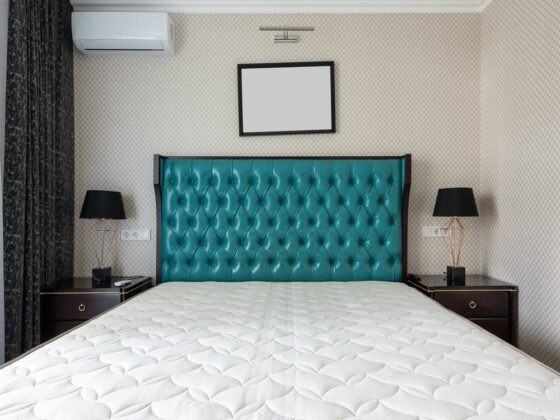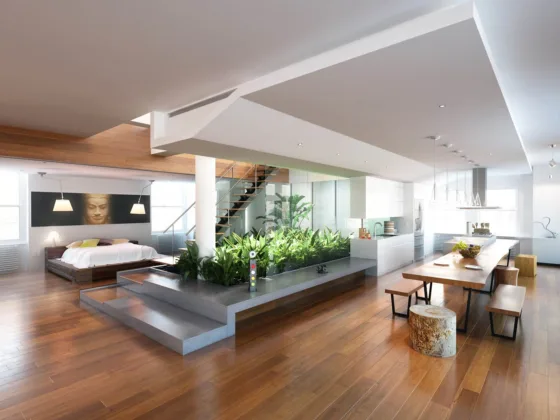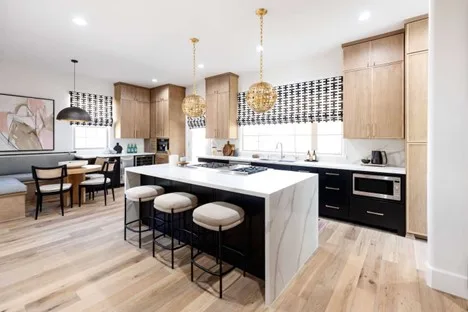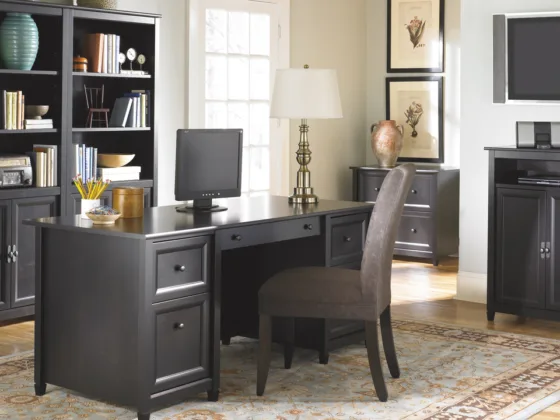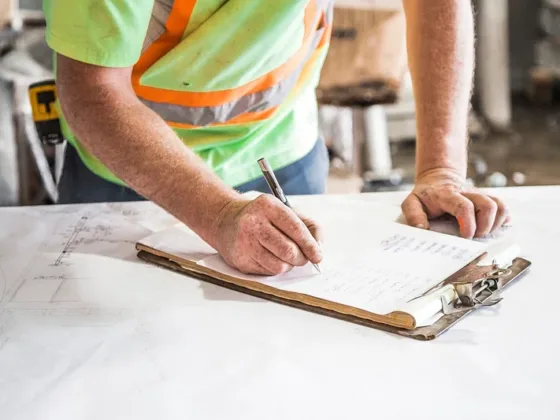Table of Contents Show
For a decent design of a bathroom, and kitchen, among others, patchwood panels are the real deal.

Finger jointed panels are perfect for different needs in terms of great stability, large size in humid interior environments alongside a clean layout of a specific area. Generally, the patchwood panel is made of finger jointed lamellas in a laminated and length along the width.
The finger-jointed panels are meant to create tabletops, worktops, furniture, interior layout, and decoration and are offered in large dimensions to eventually satisfy someone decorating needs and specifications.
This easily workable and ready-to-use material has a very clear varnish finish. The finish is important to seal the wood alongside bringing out the beauty of Patchwood panels.
Advantages of the Finger Jointed Panels
- Ready to use
- Time-saving
- Optimized storage
- Cost-effective
- Large dimensions available: possibility 6m, standard 4m
- Drying guarantee
- Great stability
Instructions to use Patchwood (finger Jointed Panels)
All through patchwoods are only meant for indoor usage where contact with condensation or splash water is short-term.
However, wood is subjected to dimensional movements ( swelling, shrinkage) under humidity variations effect. But you can prevent this by following the below recommendations:
Storage
You should store a wrapped patchwood flat right on top of each other in a dry and closed room. Therefore, consider isolating them from a floor via laying them on the battens spaced 1meter apart and orientated in the width direction. Only remove the plastic film when it comes to applying the finish.
Cut-Outs
The best thing is to leave a minimum of around 20 cm right between two cuts and 10 cm from a longitudinal edge in your patchwood.
Finishing
Ensure to apply the right finish for a purpose before you install and fit Patchwood with two coats minimum. Further, apply the identical finish to each edge and face to balance the content moisture of your patchwood.
Fixing
Avoid laying the patchwood on the solid surface rather place them on battens or strips. And to use as a work surface, it would help if you leave a gap of around 5 to 3 mm between a wall and patchwood. Apply the silicone–type sealant it will perfectly fill the gap.
Use
The appliances which generate heat should not be placed on Patchwood directly. Rather, use the heat resistance and based on the use and finish applied, offer adequate maintenance.
Some of the top Patchwood species
Walnut
This is a highly praised, great value specie for quality constructions like caskets or high-end furniture. Its sapwood depends from fawn grey to yellow, while its duramen is brown or grey. Walnut has a very medium grain and is slightly veined.
Features
- Tendency to fissure
- Dries fairly rapidly
- Easy to cut and implement
- Good resistance to gluing and screwing
- Allow to perfectly bend after steaming
Uses of Walnut
- Solid and veneer
- Interior layout
- Woodwork, Stairs, parquets
- High-end carpentry, cabinetmaking, and turned part.
Ash
This specie grows on the fresh humid soils along watercourses. This tree grows rapidly and is found in a coppice under the forest. And they can grow up to 30 meters in height and one meter in diameter.
Further, this wood has pale brown to white cream grey appearance. In addition, its grain is clean and straight, giving the wood aesthetic qualities which are ideal for interior layout projects.
Features
- Easily bent after the steaming
- Sawing without difficulty
- Good capacity for gluing
- Easy to stain, work, varnish, and lime varnish
Uses
- Interior carpentry, stairs, sliced furnishings, and turned plating
- Interior layout
- Exterior layout after the high-temperature treatment
The other available Patchwood species include Oak, Beech, Maple, and rubberwood. You can find more information here.
